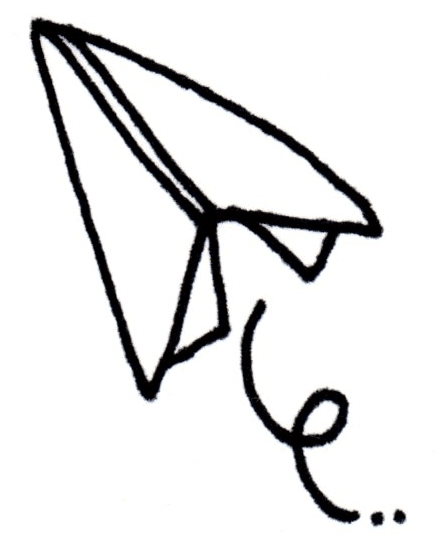Baby signing: Help your eczema baby tell you what’s wrong



It can be really difficult to figure out why a baby is crying. Are they hungry, tired, do they have a nasty nappy, have they lost their dummy, or do they just want to go home? If you have an eczema baby, there are even more things that they might be trying to tell you. Perhaps they are too hot or is the itch just too much today? Added to that, getting hot and bothered really doesn’t help itchy eczema. By teaching your eczema baby a few simple signs they can tell you what the problem is (or isn’t). This removes some of the guesswork or your side and frustration on your baby’s.
Anecdotal evidence also suggests that if toddlers are able to communicate through signing they get less frustrated and consequently have fewer tantrums. For eczema kids avoiding tantrums prevents them from getting hot, sweaty and even itchier. We taught both of our kids to sign and in Max’s case had very few tantrums (he’s now nearly 5). The jury is still out on Zoë (almost 2). However, I can think of at least one incident which could well have become very noisy if she hadn’t been able to tell us that we had just walked past some very yummy looking cakes and she wanted one. I still can’t figure out how I missed them!
But my baby is only 6 months old…
Baby signs require very little co-ordination so even young babies are physically able to sign. Babies typically realise that objects have names at around 6 months old. With a bit of effort from their parents, most babies will start to sign between 7 to 9 months old. Do remember that eczema babies have a lot to deal with, so might take them a bit longer than their non-itchy peers.
Zoë could sign ‘duck’ (learnt from her big brother) and ‘milk’ at about 7 months old. By the time she was 8 months old she was able to tell us whether she wanted more ‘milk’ or ‘sleep’ when we asked her. Her big brother’s progress was broadly similar, although we can’t precisely remember when he started signing.

Will baby signing affect speech development?
Yes – by speeding it up. A number of studies show that signing children have better language development than their non-signing peers.
Like most signing kids, ours sign at the same time as talking. This meant that we have been able to decode what they are trying to say much earlier than we would otherwise have been able. We can then repeat the word properly for them to copy. This word modelling is a key part of learning to talk.
It’s easy, you can start signing today
You’ll find plenty of books and resources online. There may well be a baby signing course running locally that you can take your little one along to. Start with just a few signs – we went for the usual crying triggers: ‘milk’, ‘nappy’ and ‘sleep’. Use the each sign whenever you say the word, especially when you are actually holding or doing the thing you are talking about. For example, if you are teaching the sign ‘milk’, aim to focus your baby’s attention on your hand (easier said than done), make the sign (see our video guide) and say ‘milk’ and then produce the milk. If you are teaching ‘nappy’, make the sign and say ‘nappy’ whenever you change their nappy.
You need to be pretty consistent so that they get to associate the sign, as well as the word, with the thing you are talking about. This takes a bit of remembering before it turns into second nature. It’s worth starting early so you can get into the signing habit. We started when our two were about 4 months old, so that by the time they had started associating words with things we had got into the signing habit. As a guide, it usually takes around 4-6 weeks for a baby to learn their first signs. You’ll need to be patient – but it really is worth the effort. Later signs are usually learnt more quickly.
We loved the extra communication that signing gave our kids. What is your experience?
Here at ScratchSleeves we don’t just share our experiences of bringing up an eczema child (and favourite allergy friendly recipes), we also manufacture and sell our unique stay-on scratch mitts and PJs for itchy babies, toddlers and children. We now stock sizes from 0-adult years in a range of colours. Visit our webshop for more information.
The Calm Skin Guide
Love our blog? It's also available in book format with:
- First hand accounts from parents & medical professionals
- Easy navigation
- Comprehensive index
- Additional material
Signed copies available at no extra cost
Written by:
Interesting article? Don't keep it to yourself...
Read next...
You may also find helpful...
Quick buy


Multi Buy Discount

Spend between £30 - £60 and save 5%
Spend between £60 - £120 and save 10%
Spend over £120 and save 15%
Discount automatically applied at checkout
No Quibbles Guarantee

ScratchSleeves abide by a no quibbles guarantee.
Free UK Postage

Free packing and postage on all UK orders. For overseas orders to Europe postage is from £3.50, to USA is £6.50 and to the rest of the world, from £3.75.






